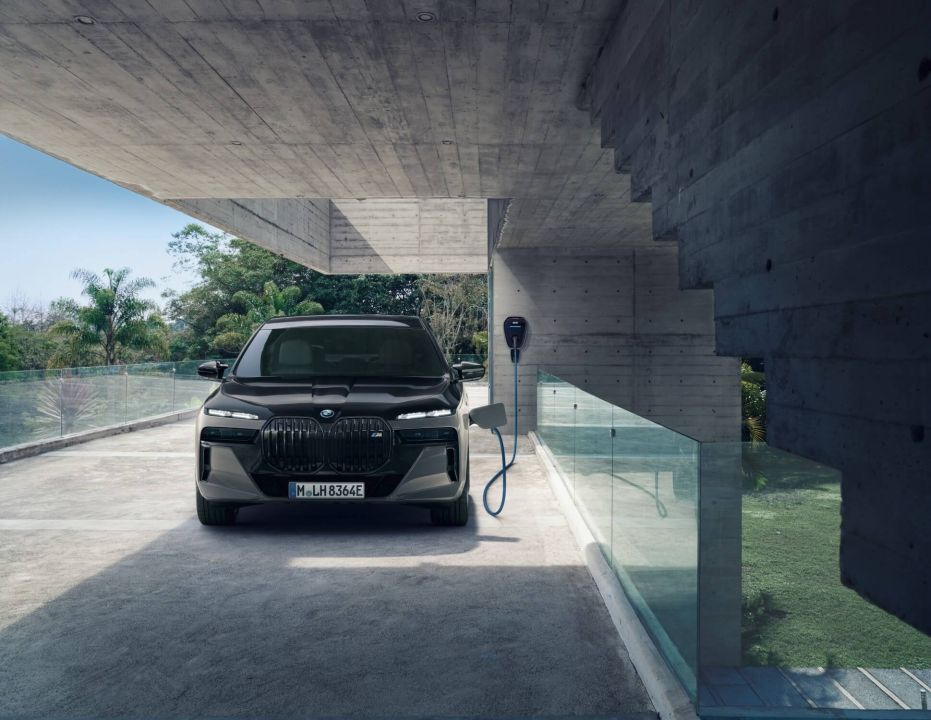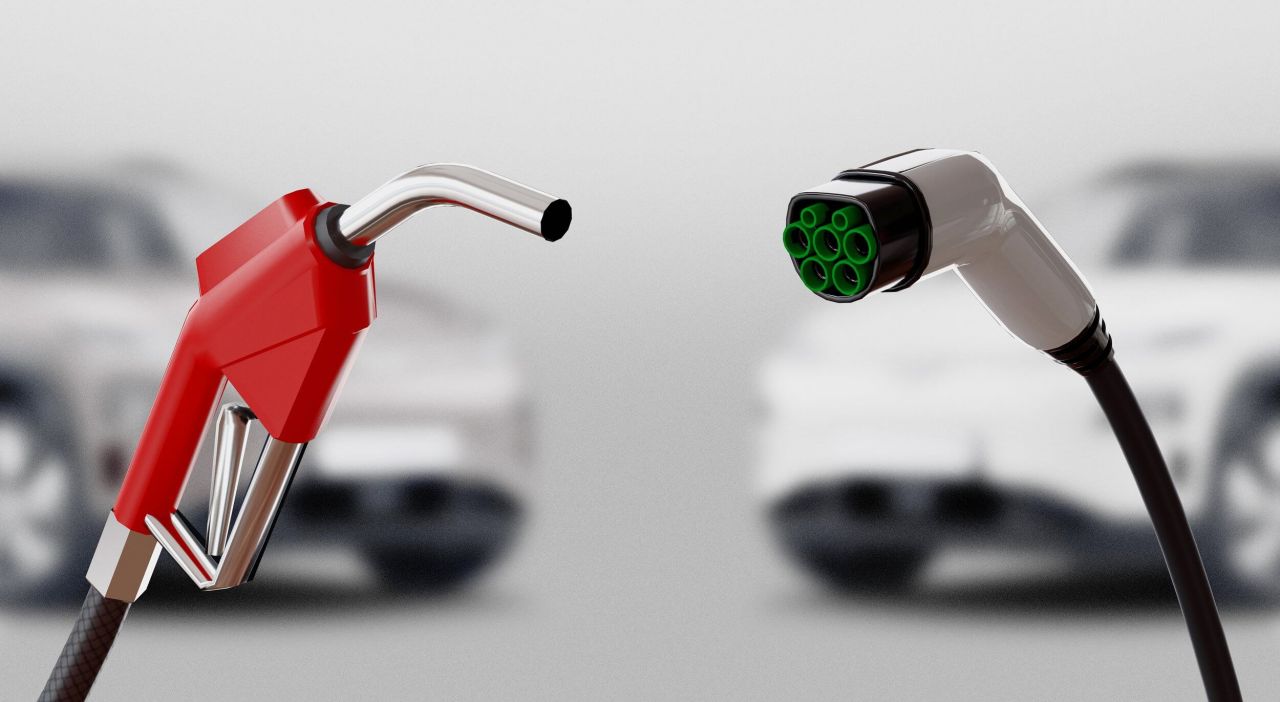As the UK Government works towards its zero emission targets by 2035, the voltaic revolution is well and truly underway. Most carmakers have also introduced a variety of electric alternatives to their fleets over the last few years, so they can keep in line with the 2030 ban on purely internal combustion engine (ICE) cars. Customer demand has skyrocketed in the process - something that has only been magnified with the ongoing global semiconductor chip shortage.
2020 saw a 186% increase in electric car sales and, of the 1.65 million new vehicles registered in the UK in 2021, 11.6 percent were battery electric vehicles (BEVs). This demonstrates the growing number of customers that are choosing to cross the divide from conventional petrol or diesel to eco-friendly cars.
Hybrid electric vehicles (HEVs) and plug-in hybrid electric vehicles (PHEVs) are two subcategories of partially electric cars but they do have their differences. Considering some of the terminology associated with the industry can be confusing, this Karfu article will help you understand the key differences between HEVs and PHEVs, and how our search tool can help you determine which option would represent the best choice for you.
What is a HEV?
A hybrid electric vehicle, or HEV, is a car which combines an internal combustion engine with at least one electric motor that utilises energy stored in its batteries. The whole point of a HEV is to provide the performance and range of an ICE-powered car but with the reduced tailpipe emissions and high economy supplied by electric motors.
The inclusion of an electric motor also means that it can be paired with a downsized engine, since additional power is provided by the motor, and the batteries can be used to power auxiliary equipment. The result is reduced fuel consumption and no compromise on performance, since the smaller engine will receive ample support from the motor. HEVs can then be further divided into two types: mild hybrids and full hybrids.
A mild hybrid is the closest electric relative to a petrol or diesel counterpart. The majority of mild hybrids are equipped with miniature 48-volt batteries that recoup energy through a process known as ‘regenerative braking’.
This means that energy which is normally dispersed (through heat) when a vehicle is slowing down is instead recaptured and directed towards the motor, providing a small electrical boost to the engine and potentially helping it to operate more efficiently.
The inclusion of a starter-generator also means that when the car is stationary, it’s able to idle for slightly longer than those with simple ‘start-stop’ technology, preserving more fuel in the process. However, mild hybrids cannot be driven on electric power alone.
Full hybrids, the second type of HEV, can be driven solely on electric power - albeit, only for short distances. Unlike mild hybrids, full hybrids can also recharge their batteries using the engine, allowing for up to one mile of solely zero emission driving in most cases. Aside from this, there are no other notable differences between mild hybrids and full hybrids.
It’s also worth knowing that some manufacturers refer to their full hybrid cars as ‘self-charging’ but don’t be fooled. While this is technically true, it’s a sales tactic often deployed to exaggerate the fact that a vehicle doesn’t need to be plugged in to be charged.
What is a PHEV?
A plug-in hybrid vehicle (PHEV) is the most advanced form of an electric motor and combustion engine coalition. They house higher capacity batteries than those found in HEVs, but still considerably less than those in a pure electric car, so most PHEVs offer a range of around 40 miles in electric mode. Given the advancement of technologies, some cars are now capable of providing more than that, with the Polestar 1’s 77-mile range currently holding the PHEV record.
As suggested, PHEVs are charged with a plug-in cable, using either a specially constructed home charger or one of the constantly expanding network of public charging stations found across the country. A common three-pin socket can also be used but this will drastically increase the charging time from a few hours to as much as - and sometimes over - 18 hours, depending on the car and battery size.
Once a PHEV consumes all of its charge, the corresponding fuel-driven engine will activate and the car’s batteries will continue to recover energy, so the engine still benefits from increased economy and the slight power nudge. The difference is that PHEVs do not self-charge their batteries in the same way as HEVs. If you want to use the vehicle in electric mode only, it must be plugged in and left to charge
Which would work best for me?
If you’re interested in purchasing either a HEV or PHEV, the chances are you’ve got one eye on making the environmentally conscious leap before the Government’s rules come into play.
The first thing to remember is price: anything electric is likely to cost more than its ICE-powered substitute, since the inclusion of batteries and motors adds sizable manufacturing costs to the list price. As a point of reference, the entry level Peugeot e-208 with a 50kWh battery currently costs £30,195, which is a smudge over £11,000 more than its combustion engine stablemate.
The counterbalance to this is that the increased outlay in the short term will mean you spend considerably less on fuel costs in the long run. Added benefits could include lower first-year road and company car tax and avoiding congestion charges. Range is also the most significant factor in whether an HEV or PHEV is more suitable for your lifestyle. Let us explain why.
The average car journey in the UK is 8.4 miles - 7.7 miles if travelling alone, or 9.1 miles when travelling with passengers. Even if this was considered as a single journey and you doubled the average figure to account for the return trip, your distance is likely to still fall well within the electric range of a PHEV.
If you remember to charge your car frequently when it’s not being used, this will be much more cost-effective than using a petrol or diesel equivalent, even if you embark on the occasional long motorway journey. Using a Ford Kuga PHEV as an example, its 39-mile electric range will cost between two and three pounds to charge at current prices, depending on where you charge it and at what time (on/off peak).
However, commonly embarking on extended journeys will pose an issue for PHEVs, since the car will revert back to its combustion engine when it runs out of charge. Why is this a problem? Remember, the hybrid systems in HEVs are lighter than those found in PHEVs, since there are less of them.
If, for instance, you’re going on a cross-country road trip in a PHEV, you’ll be carrying the extra battery and motor weight around with you, even when it’s not in use. This means you’re likely to spend more money on fuel costs on long journeys than you would in a HEV. This is worth bearing in mind before deciding which option best suits your lifestyle.
Using Karfu’s search tool, our algorithms can estimate how many miles you’ll be covering on a yearly basis, which can help to determine whether a HEV or PHEV would be ideal for you: or perhaps you could even consider going fully electric? Your ideal match could be just a few questions away.



